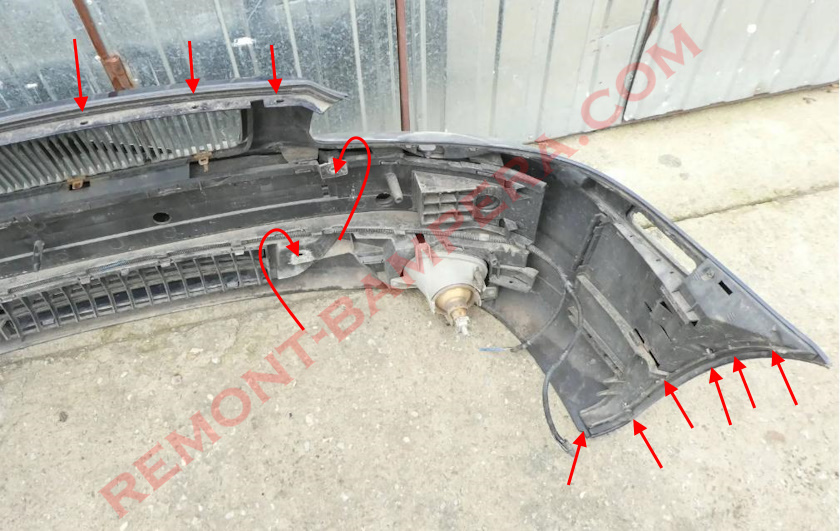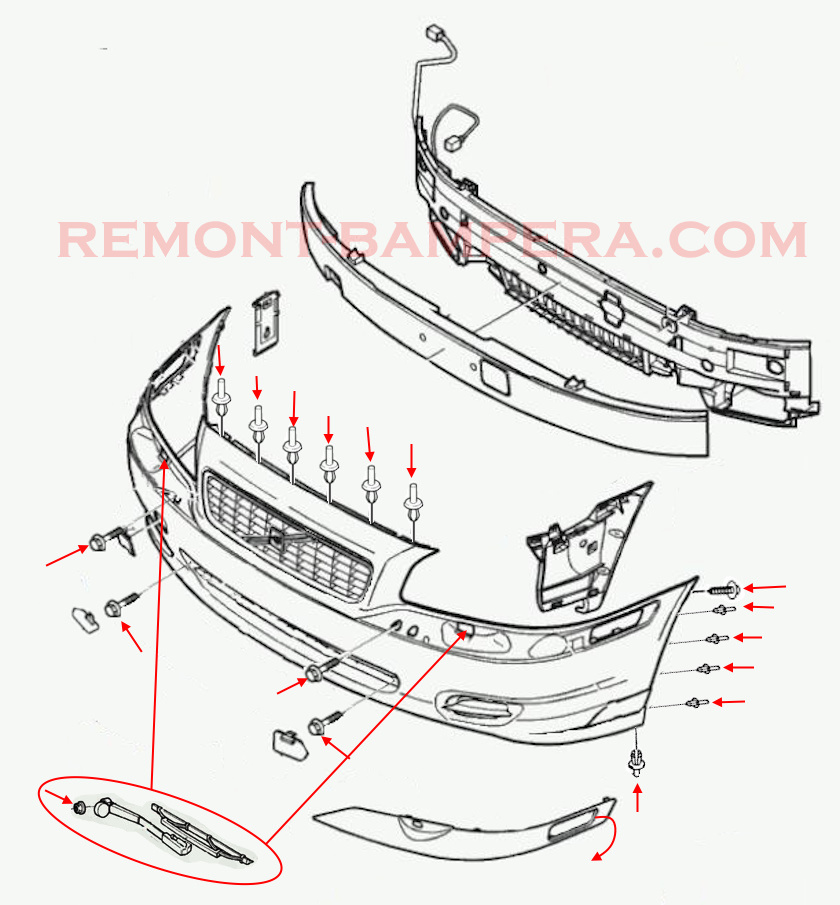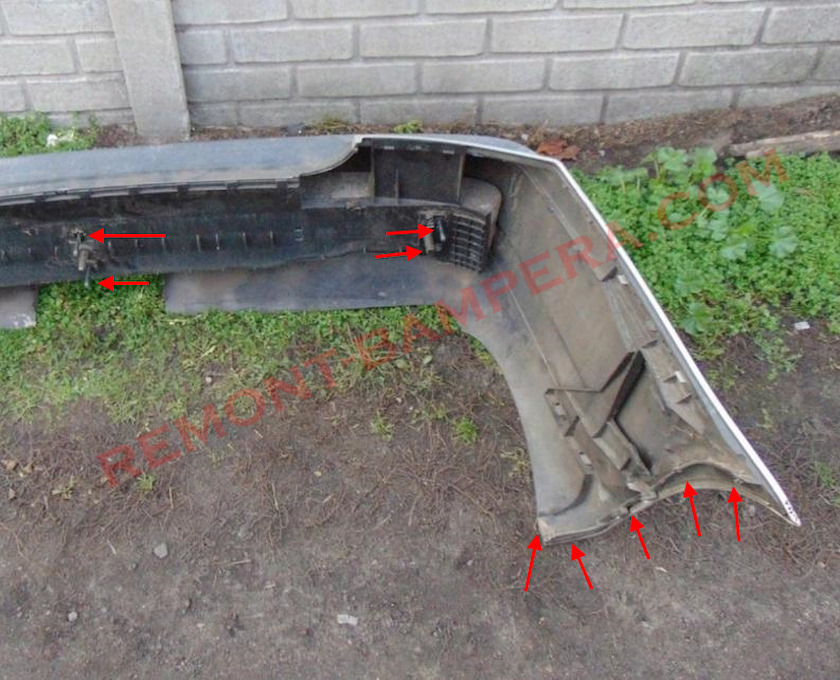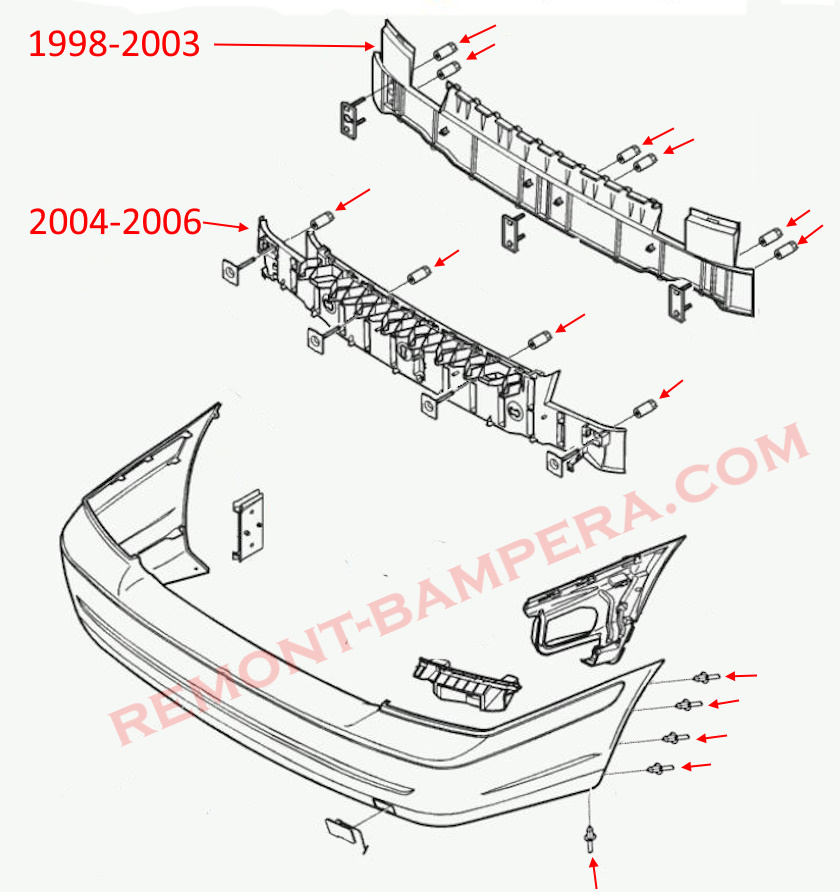Historical Introduction
When Volvo introduced its new flagship model, the S80, in 1998, it marked a turning point for the Swedish brand. This vehicle not only replaced the outdated Volvo 960/S90 models but also became the company's first sedan developed on the innovative P2 platform, which later served as the basis for the Volvo S60 and XC90 SUV. The S80 combined signature Scandinavian design, cutting-edge technology, and Volvo's legendary safety features.
2003 Facelift: Subtle but Significant Evolution
In 2003, the Volvo S80 received a facelift affecting both its exterior and technical components. Visually, the car gained new headlights with refined graphics, a redesigned grille, and slightly modified bumpers. The taillights also adopted a more contemporary design while maintaining Volvo's characteristic styling language.
The interior became noticeably more comfortable with new trim materials, improved sound insulation, and an upgraded infotainment system. However, the most significant changes came to the engine lineup, introducing more powerful and efficient powertrains, including the range-topping 300 hp 2.9 T6 biturbo.
Bumper Material (may vary):
PP+EPDM-T15 - Polypropylene with ethylene-propylene-diene terpolymer and 15% mineral content
Front Bumper Removal Guide
- Open the hood
- Remove the top bumper clips (inserted from top to bottom)
- If equipped: Remove headlight washer nozzles (unscrew nuts, remove arms, disconnect hoses)
- Remove side marker lights (release near wheel side)
- Detach covers under headlights (only near grille side, complete removal unnecessary)
- Remove two screws under these covers
- Remove two screws in lower grille (may be under covers)
- In wheel arches, remove four metal rivets per side (can be replaced with screws or clips later)
- (2004-2006) Behind wheel liners, remove two additional screws
- Underside: Remove two clips
- (2004-2006) Release locking mechanisms in fenders and carefully pull bumper forward with helper (mind the wiring)
- (1998-2003) With helper, carefully slide bumper forward from guide rails in fenders (watch wiring)
- Disconnect any electrical connectors


Rear Bumper Removal Guide
- Open trunk
- Remove floor covering and battery
- Release side trim and remove rear trim panel (for access to bumper interior)
- Through openings in rear panel, remove mounting nuts (4 nuts for 1998-2003, 6 for 2004-2006)
- In wheel arches, remove five metal rivets per side (can be replaced with screws)
- Disconnect antenna connector in trunk
- With helper, carefully pull bumper backward from guide rails
- Disconnect any parking sensor connectors


Technical Features and Engine Range
The first-generation S80 offered a wide engine selection - from modest 2.4L naturally aspirated units to turbocharged high-performance variants. Particularly noteworthy was the 2.5 TDI, a turbocharged diesel prized for its reliability and torque. The crown jewel, however, was the 272 hp (300 hp post-facelift) 2.9 T6 biturbo that propelled the heavy sedan to 100 km/h in just 6.9 seconds.
Transmission options ranged from 5-speed manual to 4- and 5-speed automatics. The drivetrain was exclusively front-wheel drive - standard for Volvo at the time.
Safety: Volvo's Trademark
True to Volvo's philosophy, the S80 set benchmarks in safety. Standard equipment included front airbags, curtain airbags, ABS, and TRACS traction control. Higher trims added ESP and tire pressure monitoring.
Particularly innovative was the WHIPS (Whiplash Protection System) for preventing whiplash injuries in rear collisions through special headrests and seat design.
Interesting Facts About First-Gen Volvo S80
- In 1999, the S80 became the first Volvo with standard GPS in top trims
- It introduced DSTC (Dynamic Stability and Traction Control), precursor to modern ESP
- Despite its luxury image, it saw police duty in Sweden
- A limited "Executive" edition with premium features appeared in 2006
The Model's Legacy
The first S80 generation remained in production until 2006 when its successor arrived. However, it was this model that established the series' success through its unique combination of comfort, safety, and typical Scandinavian elegance. Today, it represents an excellent used car option for drivers valuing reliability and distinctive character.

 English
English  Italiano
Italiano  Français
Français  русский
русский  Deutsch
Deutsch  Español
Español